The Leica Monochrom is a camera that provides something rarely found in digital cameras – it provides a completely unique shooting experience. I’ve been fascinated by the idea of a purely black & white digital camera since before the Monochrom hit the market, and when it did, I knew I would one day buy one.
My particular Leica Monochrom is the first generation, sometimes just referred to as the MM, or M9M – with the later version being the typ 246. The “M9M” colloquial-nomenclature has been given to this camera as technically speaking it’s based on the Leica M9. I will come back to this point in a moment, but for now I mention it to help give a bit of context to this review. The Leica M9 was a camera I loved whilst I owned it; really loved. I’m also getting on fantastically well with the typ-262 I replaced it with. But however good those cameras are, and however much I enjoyed shooting them, the Leica Monochrom has provided me with a much more inspiring experience over the last few months. In fact, despite the novelty having now worn off, broadly speaking I still find using it more satisfying than any other other digital camera I’ve owned. And whilst that might sound like hyperbole intended to keep you reading, it really is no exaggeration!
The technical bit
For the uninitiated, I suppose I’d best first point out that the first generation Leica Monochrom is a full frame CCD based rangefinder camera which is, as I’ve mentioned, based on the M9. It has an 18mp sensor just like the the Leica M9, it also has the same body shape as the M9, and – short of the features to do with colour photography being removed – it has the same menu system and controls as the M9. But unlike the M9 the Leica Monochrom is lacking the Bayer colour filter array that sits on top of the sensor.
The Bayer filter is the part of the sensor that allows the camera to interpret colour. These filters are actually made up of millions of tiny colour filters, 2 green, 1 red and 1 blue per each 4-pixel-square. Through computer wizardry, the camera interprets the intensity of light measured at each pixel through each filter, then by combining it with the information received from adjacent pixels creates a colour image. That is to say, colour digital cameras don’t measure colour, they simply interpret it through algorithms based on the intensity of light through colour filters. You can read a better explanation of this over on Cambridge in Colour here – a website has to be one of the best source of technical information about digital photography online.
Unlike most digital cameras, Leica Monochrom doesn’t have a Bayer filter. The result of this, as you might gather, is that it doesn’t have the ability to interpret colour. The only thing it can do is measure the intensity of light. The resulting images are of course black and white. Or Monochrom(e). For some people limiting a camera to shooting only black & white might sound like a crazy thing to do, but for me there’s much more to it than there might initially seem.
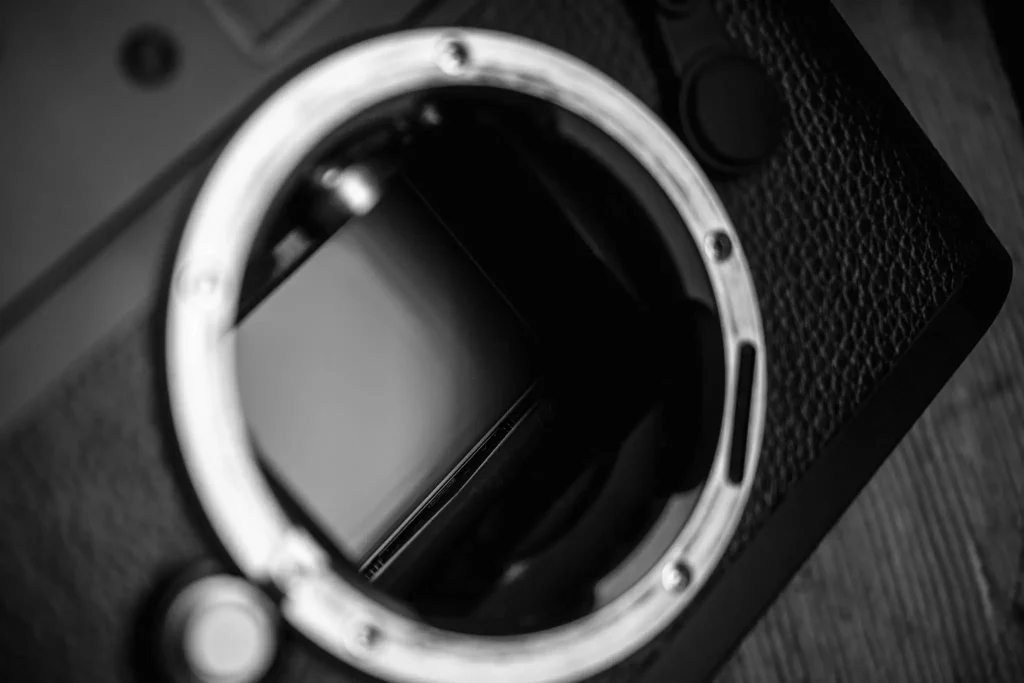
Intent
Just to give a bit more context, I want to talk a little bit about one of the primary reasons I like shooting film. Now don’t get me wrong, this isn’t going to turn in to some protracted comparison between the images the Leica Monochrom produces and what my film images look like, or indeed how using this Leica is the closest thing I own in physical form and function to a film camera – though actually, the latter is definitely true (something I will briefly touch on later). What I want to compare is a specific part of the shooting mentality that comes along with using this camera. Intent.
Digital photography had a profound impact on the mentality of the photographer. In the days of film the photographic process began with intent. Given any particular subject matter the photographer had to decide upon the outcome before the shutter button was pressed. Film choice, be that colour or black & white, or even type of colour or black & white film was vital. You committed to the decision the moment you loaded the film, and you had to live with it. Load colour film, and ok you can still create a black & white image if you wish, but if you loaded black & white film and decided you wanted colour later – short of some very long winded colourisation process – you were pretty screwed.
These days, digital cameras are pretty much all colour. The most modern ones – to a greater extent than ever before – you hardly even need too worry too much about exposure. I can point my Sony A7Rii in the general direction of the subject matter, mash the shutter button with my forehead, and provided my monkey fingers haven’t gotten in the way of the lens I can (with sufficient understanding of software) process my way to pretty much any desired colour or black & white image I’d like. The issue is, there is a bit of a sense of endless possibility, and without strict personal discipline, you can end up with the feeling that you’re just making it up as you go along.
This is one of the greatest draws to film photography for me. If I chose Portra 400, which I do regularly, I know the sort of colour image I’m going to get. If I choose ilford HP5+, which I do regularly, I know that I’m going to get a black & white image with a certain look to it. I make this decision often before I’ve even left the house. My creative process starts before I press the shutter button. I have intent.
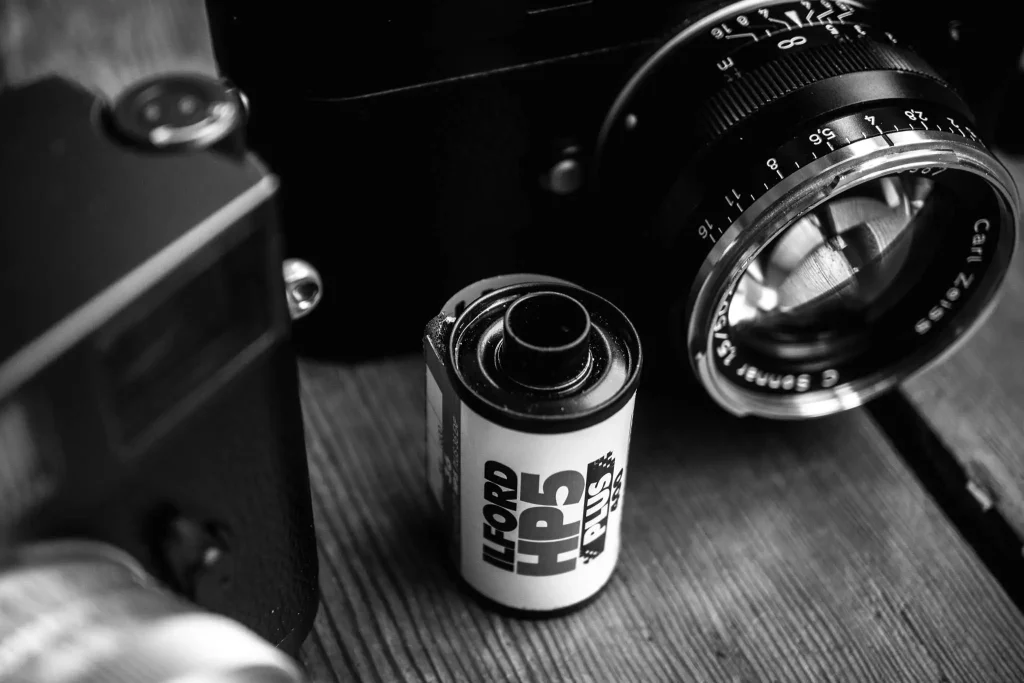
Intent with the Leica Monochrom
I’m sure it’s pretty obvious where I’m going with this. For all of the other gains that I feel I get from shooting the Leica Monochrom – much of which I will get to later – when I pick it up, I pick it up because I want to shoot black & white.
Of course, I am aware that a large percentage of those reading this will be mumbling about how much of a moron I am. I could just set any digital camera to black & white – these days many cameras will even show a black & white live-view image. But for me, this doesn’t suffice. There’s something so deliberate and purposeful about the choosing to shoot black & white when there’s no going back.
As I’ve highlighted, if I pick up the Monochrom, there’s no changing my mind later. I can’t change the settings to colour, and actually I can’t even change the roll of film. If I pick up this camera and walk out of the house with nothing else, it’s black & white or bust. And I love that feeling. That feeling of removing choice. That self imposed limitation. I’ve talked about it a lot on this website, and the Monochrom really gives me all of this in droves.
Working with the Leica Monochrom files
What I’ve found particularly interesting beyond the limitations of the shooting experience is the limitations and indeed the strengths of the files the Leica Monochrom produces. There’s a hell of a lot online about the files that come from this camera, with the most regular comments being how flat they are, how readily the highlights clip, how it’s better in lower light compared to the M9 and how sharp the output is. All of this is true, though I have some of my own thoughts on all of these points that I shall do my best to back up with images I’ve taken.
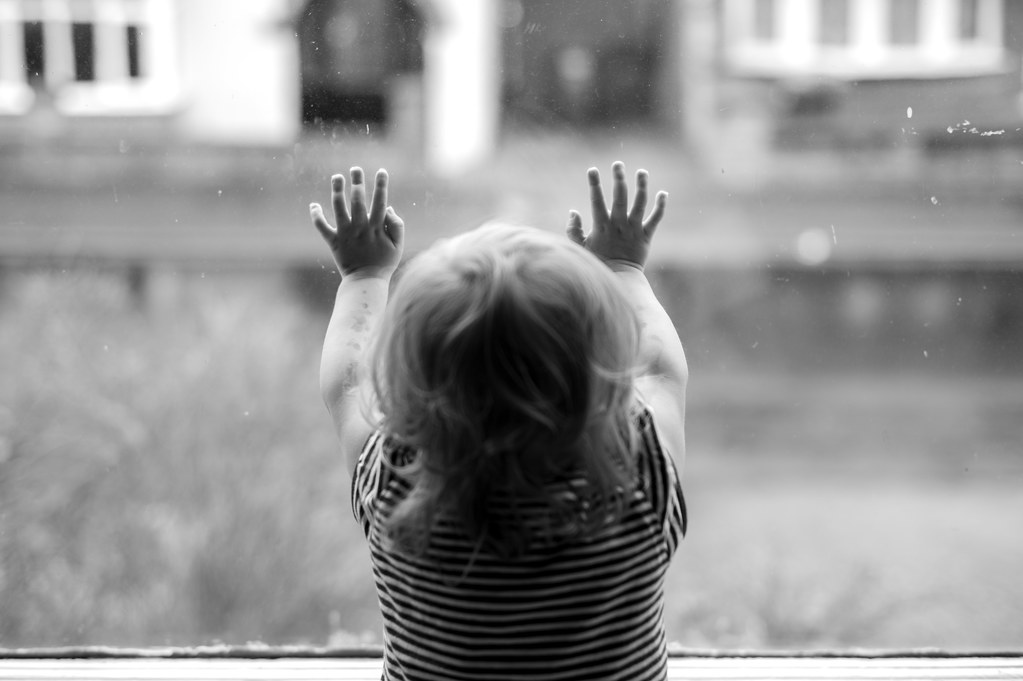
I wouldn’t usually make such a point of highlighting the fact that I’m going to back up the things I say, but if you’ve ever been interested in one of these cameras and searched for results online, you’ve probably found yourself somewhat overloaded with what appear to be a lot of very over-processed files?
There seems to be very little correlation between one set of photos and the next; short of them all being black & white of course. I wonder if this is a little down to the fact the the output files are so flat that some users find themselves more inclined toward processing the hell them…? Or perhaps it’s a bit of that digital shoot-now-make-the-photo-later process impacting on how some people use the camera. I suppose being fair, the reality is, everyone just has a different style. The issue is, at least from a prospective purchaser point of view, this range of styles doesn’t give good idea of what the output from the Monochrom is actually like.
Fortunately for me I was a little more aware of the sort of files to expect, simply because a mate of mine had sent me a couple to play with some years ago just after this camera was released. That being said, this didn’t really prepare me for the reality of shooting the Monochrom day to day.
Flat files
If you’re not into flat looking black & white photography, it’d probably be quite hard to not be a little disappointed by the output from the Leica Monochrom when you first see it. If you take your first snaps on a hazy day like I did, it’s probably harder still. Fortunately, I was mentally prepared for the flat looking images, and knew that I would need to do some post process to get an image I liked.
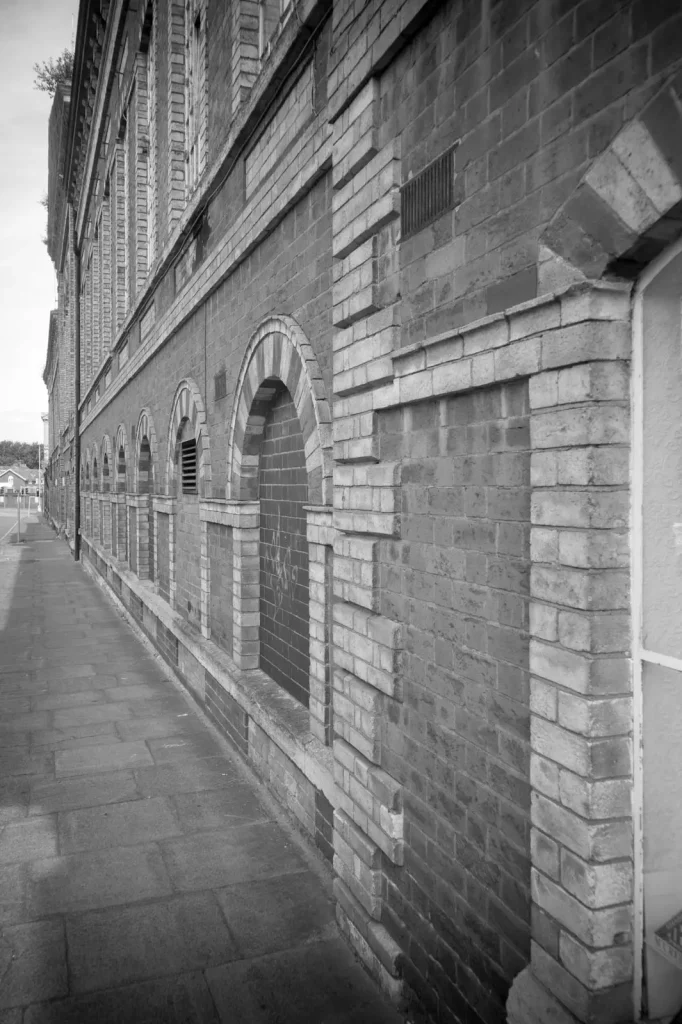
As is quite often mentioned about these flat files, they actually provide a really good starting point for post process. It is of course a lot easier to add contrast to an image than it is to take it away. This is quite an obvious thing to say, but actually I found that once I got used to the files, I really started to find the ways in which they’re an advantage. Once I got my eye in, I found benefit in seeing the detail in areas of the image that would be lost to shadow were I to have started with a higher contrast image.
I’ve found this particularly beneficial when shooting in lower light. The output from the camera can look a little muddy, but it allows you to better see parts of the image where you might wish to retain detail as you start to work on the file.
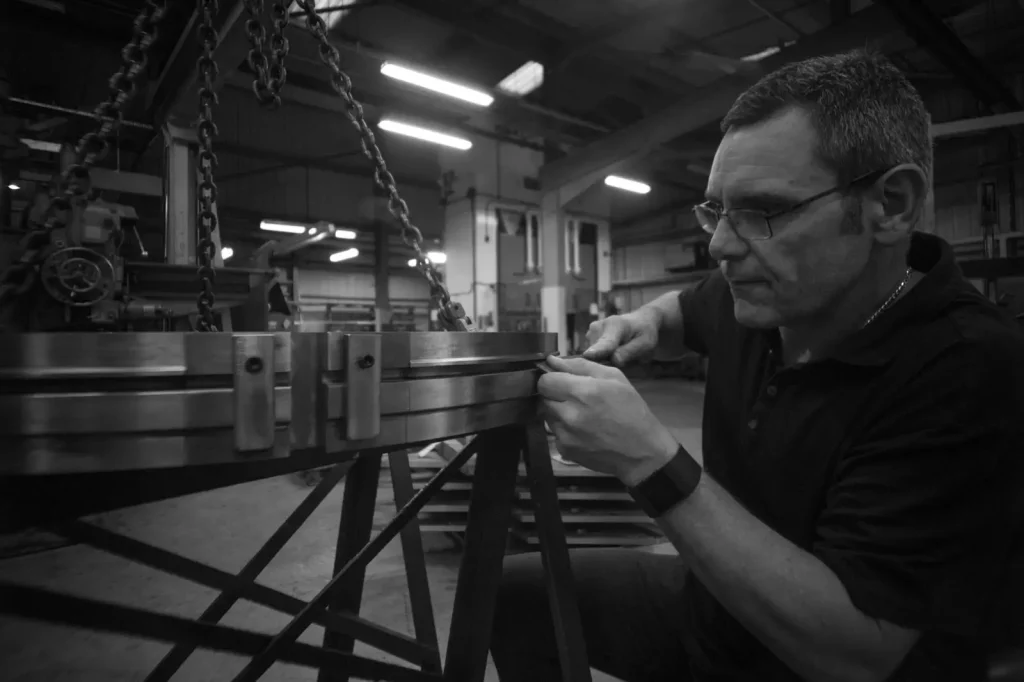
The above is an early photo I took with the Leica Monochrom without any post process applied – it’s a muddy and fairly unattractive image, but thanks to a lack of overall contrast out of camera, detail is really nicely retained in shadow areas.
Lightroom starter preset
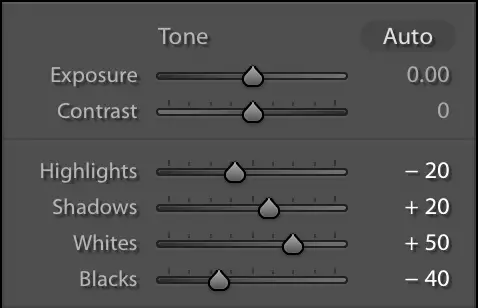
Sometime in the few months I’ve had the camera I made myself a very basic starting-point preset in lightroom. I’ve found this very useful in the process of getting my head around how to work on the files. My preset simply gives me a more “normal” contrast look to the more flat files. I quite often apply it then click the backslash (before/after) button in lightroom. Certainly in the early days of getting use to the files I found this really useful for setting me on the right path to the final outcome I want.
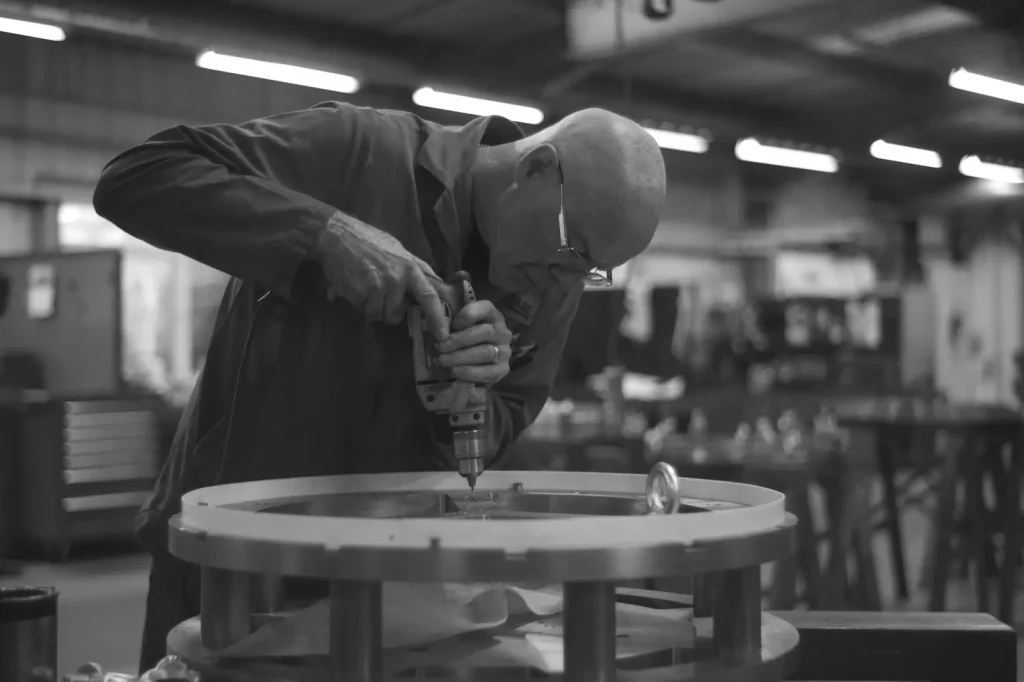
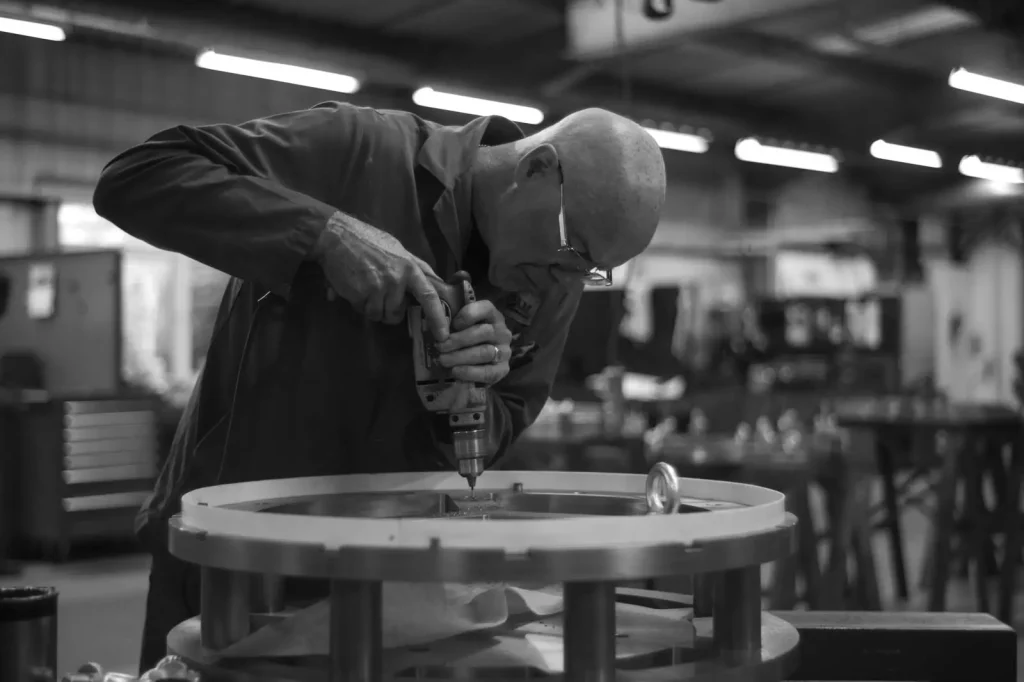
The is a before/after of my lightroom preset – as you can see, it’s nothing drastic, but it does help. Actually, this was taken with a slightly lower contrast lens, which has slightly added to the muddiness of the out-of-camera file.
Useful for lens experimentation
Whilst on the subject of lenses, what’s also really nice about the flatness of the files is that they somehow lend themselves to giving a really clear idea of how a lens is performing. I found this out really quickly through my experiences with a few elderly Sonnar formula lenses. Compared to shooting black & white film where there are a lot of variables that can impact on contrast in the processing chain, the Monochrom feels like a very consistent and reliable machine. For some reason, compared to shooting colour, it feels very easy to see the impact of shooting one lens over another. Of course, this is probably quite a niche advantage to someone with a penchant for trying lots of different lenses, but then, I’m very much into that niche…
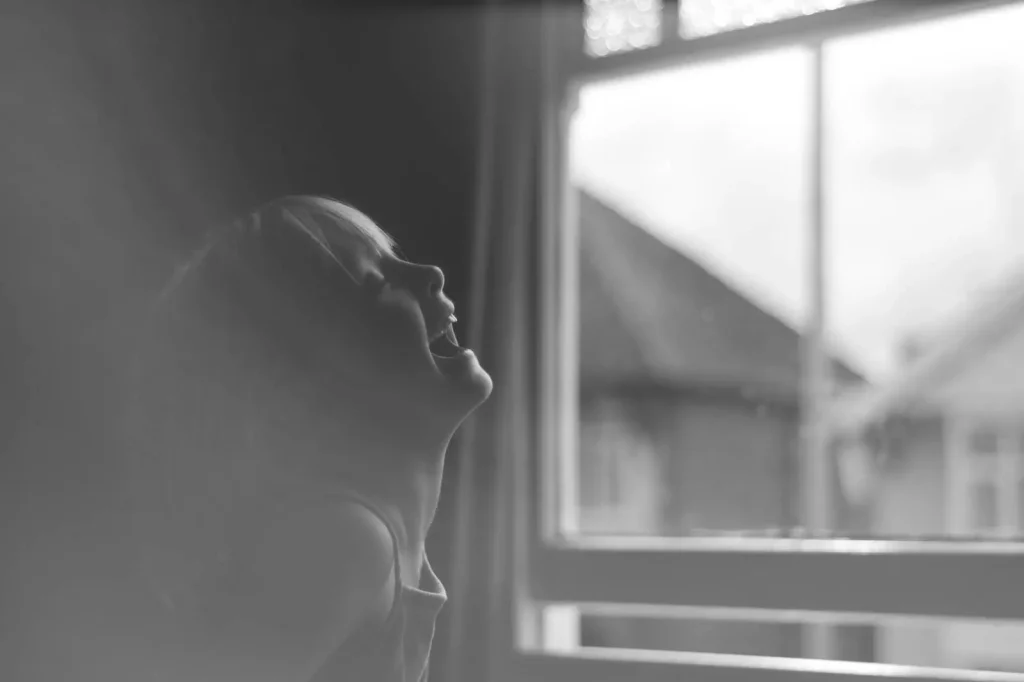
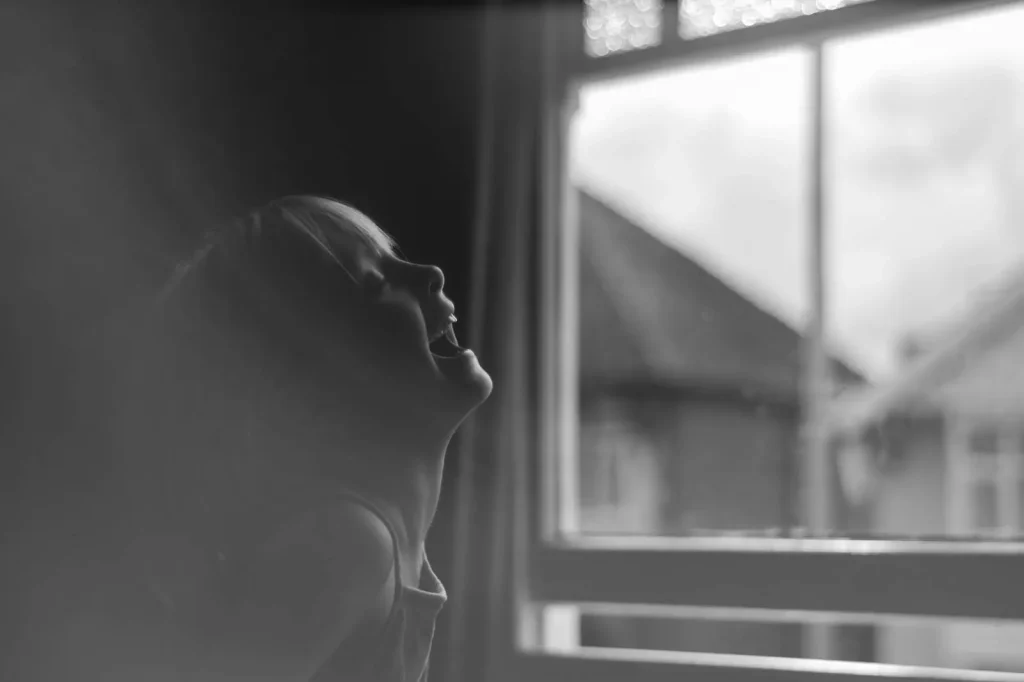
The lower contrast and propensity of this lens to flare when shot wide open was very evident. Processing it, I was able to still capture a large portion of the feel of the lens whilst still bringing back enough overall contrast for my tastes.
White clipping
White clipping is so often mentioned in discussions around this camera as a negative. Because of this, I feel quite strongly about wanting to spin the positives I’ve found. Now don’t get me wrong, it’s easier to loose highlights with this camera than with a colour camera – especially a modern one – but actually with the right mental approach, I’ve found pleasure in working with the way the camera works. As I’m sure you can imagine, this once again comes down to the imposition of a limitation… I know, I’m like a broken record sometimes… but bear with me.
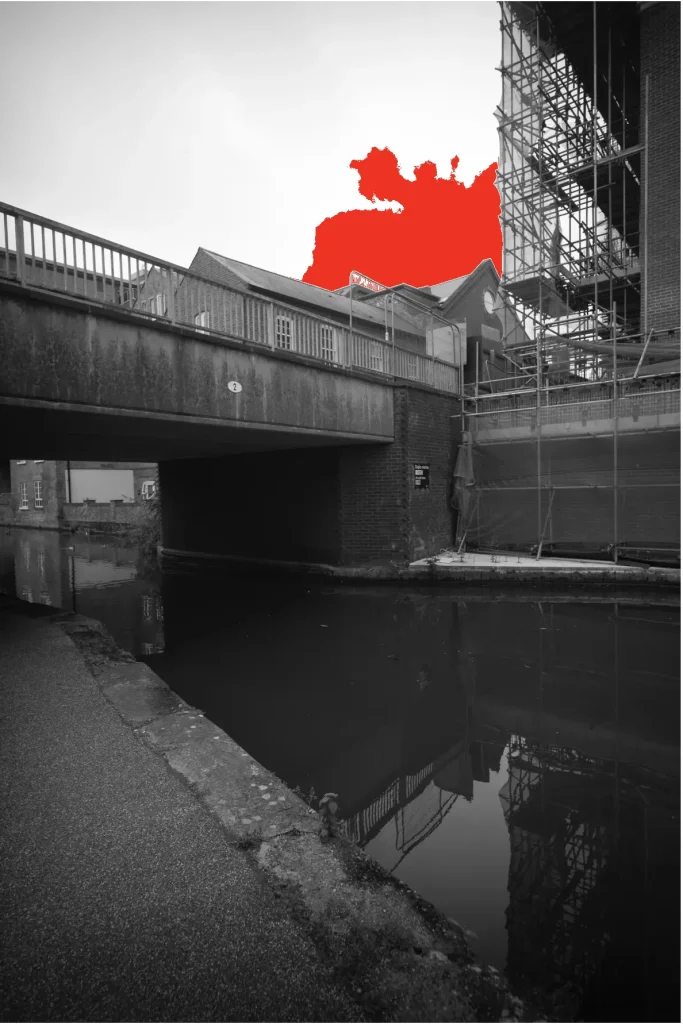
The above shows a straight out of camera file with clipped-to-white area highlighted – actually, some if not most of the detail was recoverable, but it shows how even a flat grey day can catch you out.
Why it clips
First things first, I think it’s useful to understand why the Monochrom clips highlights to white so easily. Going back to my earlier description about how a colour sensor works though effectively interpolating colour by combining information from multiple pixels, it might be easier to understand how more highlight information is retained by colour digital cameras. The answer is in the fact that if one red pixel clips from a lot of bright near-red light, the information might be retrievable by interpolation of the information from adjacent blue and green pixels that will by their nature filter some of that near red light out.
In the case of the Leica Monochrom, there are no red green and blue pixels so it doesn’t matter where in the spectrum the bright light comes from, it has the potential to clip to white. With no adjacent differently filtered pixels, there’s no extra information to help interpolate highlight details. When it’s lost, it’s lost.
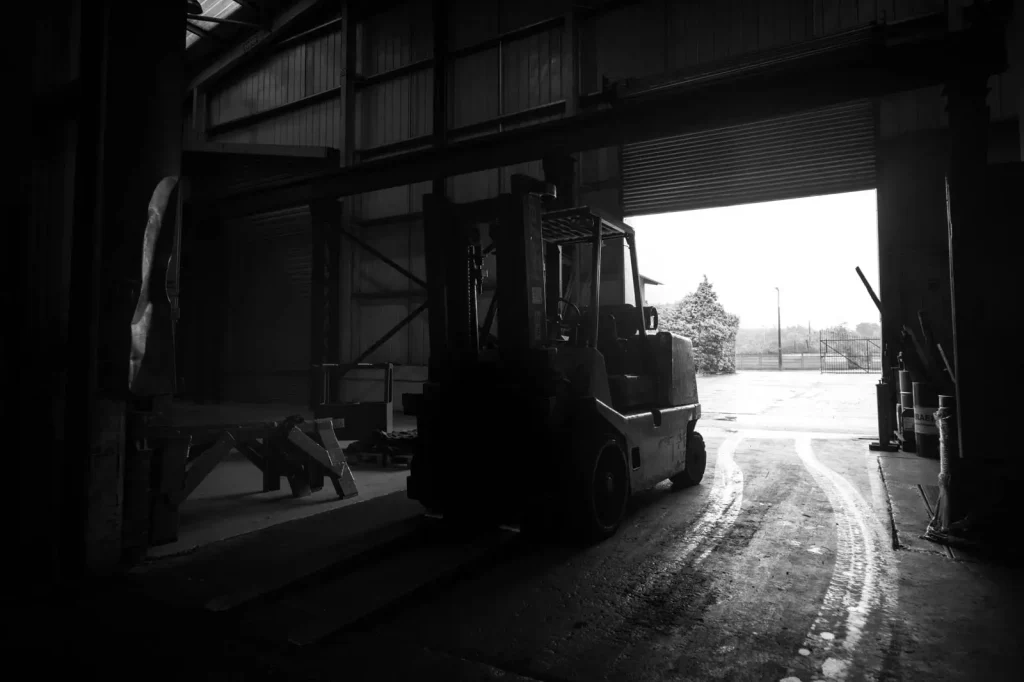
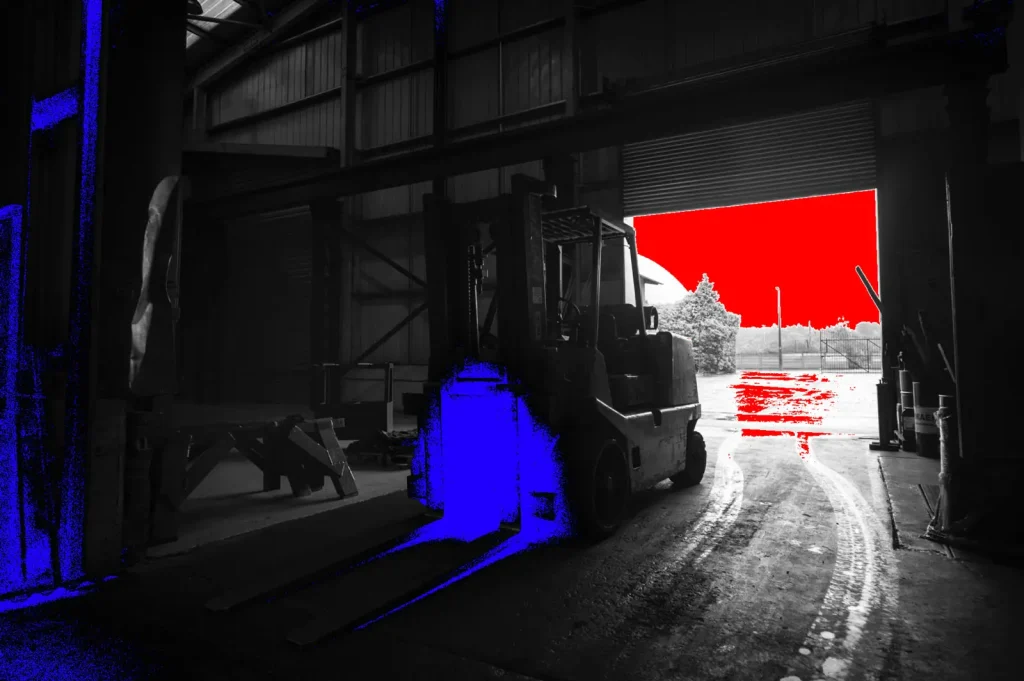
A scene with this dynamic range would test any camera. This is a straight-out-of-camera file – the red shows clipped highlights, the blue shows where the shadows are currently lost.
Shooting within this limitation
The answer is of course to be more careful about your highlights. How this has manifested itself in me is just to use the camera in the opposite way to how I shoot film. With film I take care of my shadows, with this camera I tend to take a little more care of the highlights. Ironically, I’ve found this to mean it feels a lot more like shooting a film camera. With my Sony A7rii with its 14 or so stops of dynamic range I can shoot with little care. With this camera, exposure feels a little more like it’s something I need to consider – and I get a kick out of that.
Again, don’t get me wrong, it’s actually not a hard camera to shoot with. Reading some of the reviews online, you’d think that pretty much any lighter area within the frame will clip. This isn’t the case at all, in most normal shooting circumstances, bearing in mind the need to understand how to use the simple centre weighted meter, you can almost just snap away in aperture priority letting the light meter do its thing.
To give a bit of added protection, if I’m shooting like this I quite often set the camera to underexpose a bit just to help retain highlights a bit more when there is a harsh light source somewhere in frame. Thankfully, there always seems to be stacks of detail to be pulled out of shadow areas, and actually, even without exposure compensation dialled in, the Monochrom seems slightly underexposure biased anyway. As such, dialling some in just feels like an extra precautionary measure that takes advantage of the room for manoeuvre in underexposure.
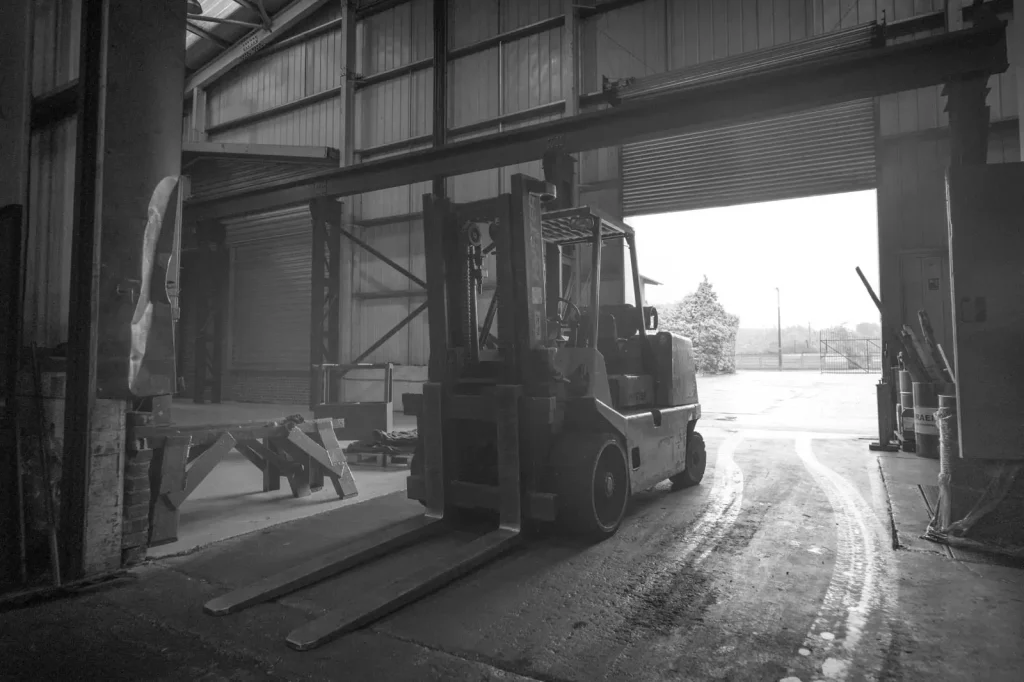
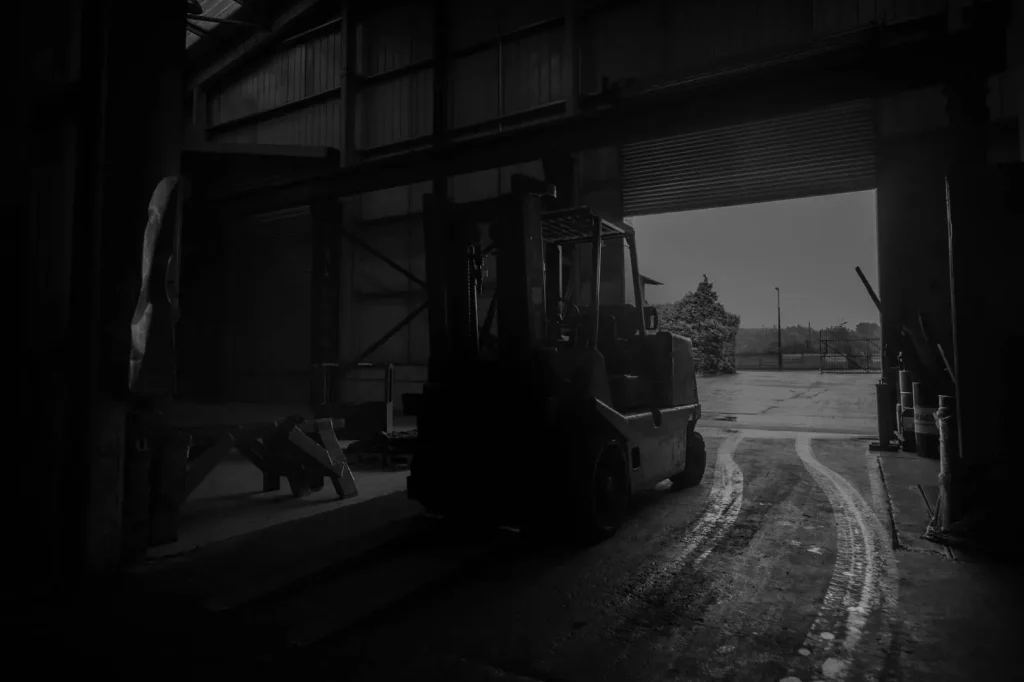
Using the same image as above as an extreme example, by applying some very heavy handed post process you can see that the highlights are well and truly gone, but there is stacks to play with in the shadows. Obviously trying to extract that much out of the shadows has added a lot of noise, but regardless there’s a lot more detail to be played with.
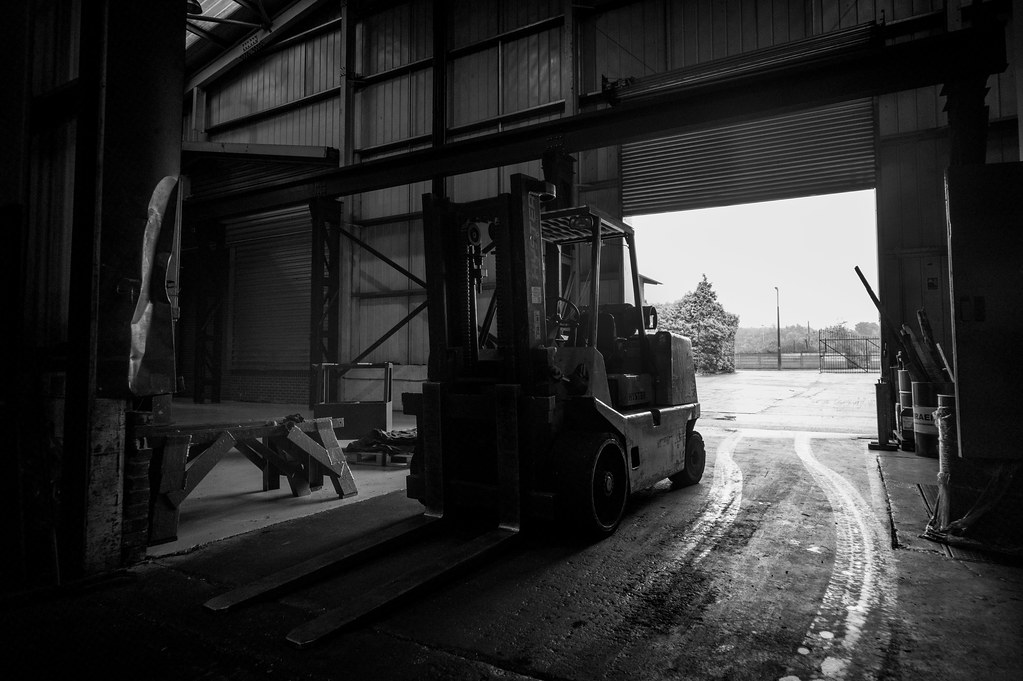
The above image is how I post processed for the final photo. There was no pulling back that sky, but I exposed well enough to retail detail in the tarmac outside, and then used the room in the shadows to pull out a bit more detail in the forklift and foreground areas. As I say, this is an extreme example, but hopefully it gives a bit of an idea of what the files are like to work with.
The histogram
If you’re really worried about the exposure, there is also a raw based histogram that can help. This is something often mentioned as being a work of wonder in the Leica Monochrom – though I must be honest and say that I don’t really use it. If you’re into reading histograms, my advice would simply be to expose a bit more to the left than you might with a colour digital camera.
Low light photography
The interesting thing about the shooting slightly underexposed is that it feels like it gives you an extra boost when shooting in lower light. When I’ve shot with the Leica Monochrom in low lit bars with fast lenses and a touch of underexposure I’ve felt almost like there’s no limit to how dark an environment this camera can be used in. Especially compared to the M9.
Actually, as you can see in this post, my approach to getting the most out of the M9 was to underexposed a bit too. The difference is, with the M9 1600iso felt like the line between where the noise was acceptable and where it became ugly. With the Monochrom, that line is more like 5000iso. At 10,000iso (it’s limit) you tend to start seeing banding in shadows… but as I say, I’ve rarely, if ever, felt the need to shoot that high… I hardly ever go as 5000 in fact.
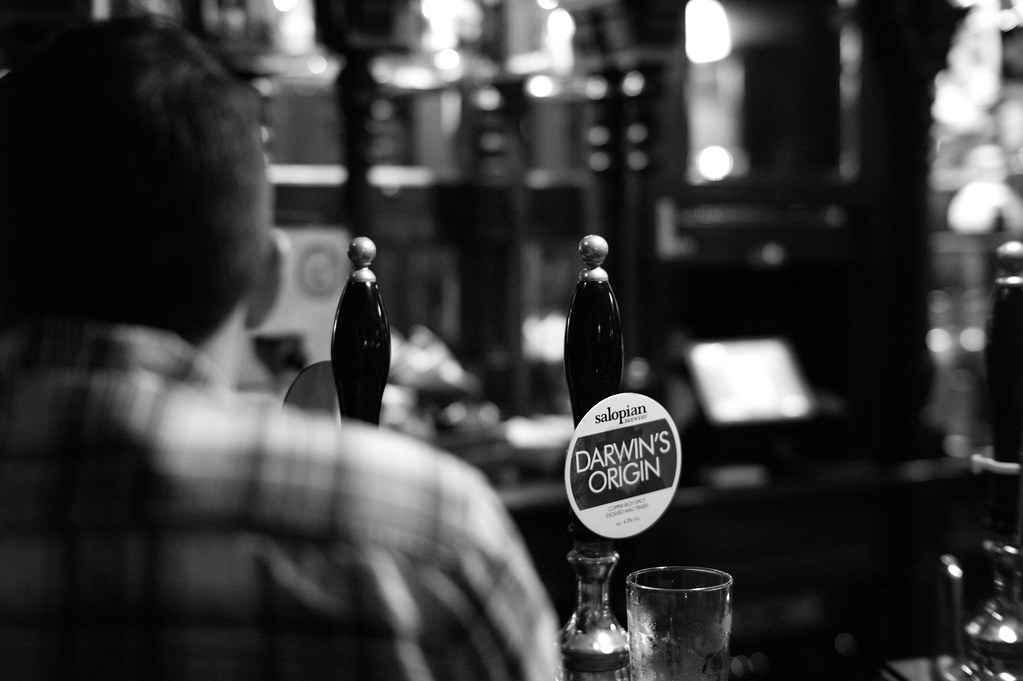
The above image was shot at 4000iso – the highest I can find in any image I have seen fit to do anything with. Click on it to go to flickr to zoom right into the high resolution file if you feel inclined – you’ll see a really nice level and quality of noise.
Sharp files
The topic of sharp files is another one that comes up a lot. It’s true that it does produce sharp files at low ISOs, but to be honest, I’m not especially phased by this. One of the first experiments I did with this camera was to stop down one of my sharper lenses a bit just to see how sharp the output would be. It was sharp, but I can honestly say, that was the last time I thought about it as part of my photography – I can’t even be bothered to demonstrate the sharpness, sorry if that’s something you’re into…
Working with the M9 Monochrom
Outside of the photos it takes, as you might expect, shooting the Leica Monochrom is little different to shooting with the M9. Short of my repeating myself, you can read my M9 review here. Most of my experience with the M9 was positive, and all of the positivity in user experience terms translated across to the Leica Monochrom. That said, the same issues I find with the M9 can be found here too – though for fairly personal-to-me reasons they’ve not felt as big a deal.
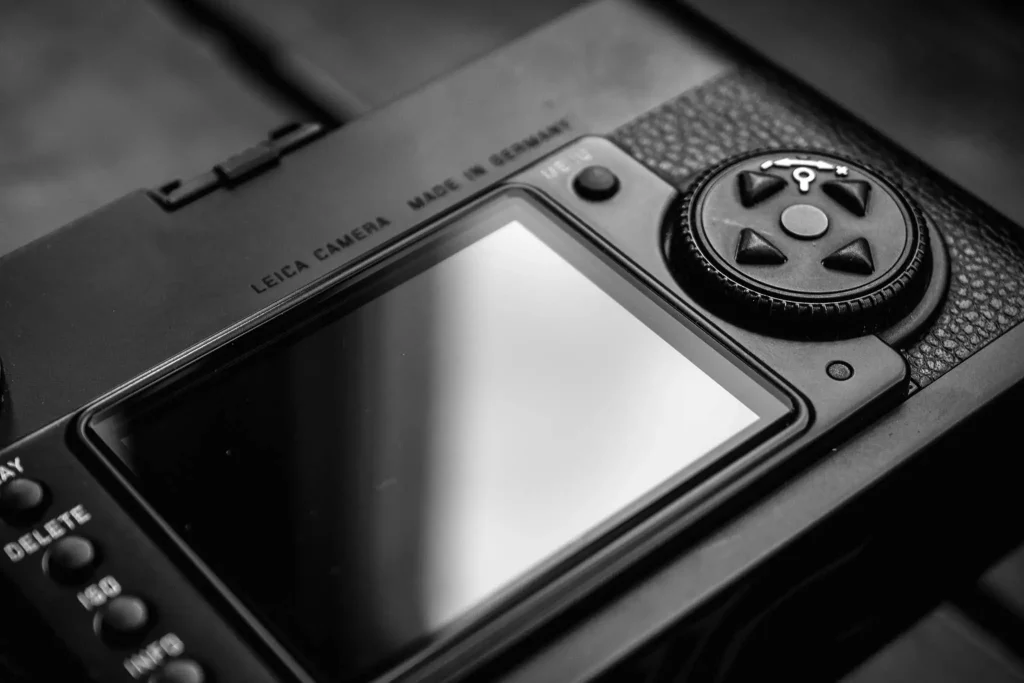
The screen is just as terrible as that on the M9, if fact, despite it being the same bit of technology it’s possibly a little worse on the Leica Monochrom once you take into account the fact that I underexpose more with it. This makes assessing the images using the crappy screen even harder. Most of the time, to use the screen in any meaningful way, I have to look at it under my coat or in the shade at about a 45 degree angle. The jog wheel for control of exposure compensation is just as crap too – though thankfully my shooting style with the Leica Monochrom is entirely un-reliant on using it. Beyond these minor niggles – just like the M9 – provided you’re used to shooting a rangefinder with the very minimal controls they offer, there’s very little to report.
More photos
One other thing I had planned on talking about was tonality – I wrote a bit of waffle about it, but it didn’t matter which way I went I felt I was talking about it too subjectively. As such, I deleted the couple of paragraphs with the idea in my head that I would just share some images. The gist was, there is something very wonderful about the tonality of the images that this camera is capable of, but actually, I think as much as anything that comes from the fact that the output is so gentle, you can almost go where you like with your representation of tone, contrast and structure. Hopefully some of these images illustrate that point.
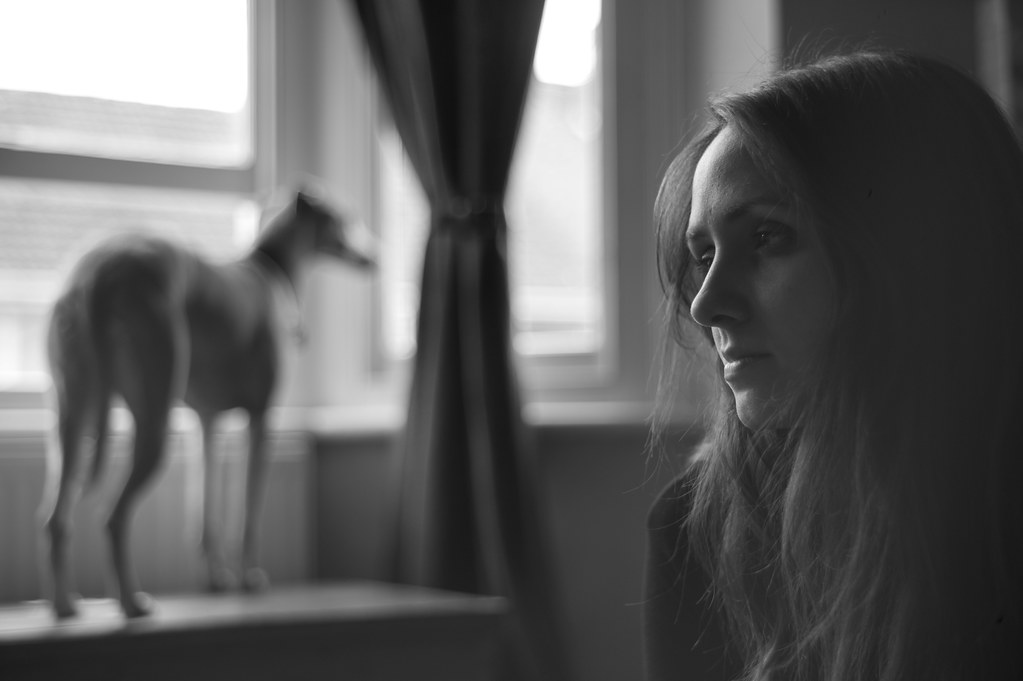
Final thoughts
I was asked the other day if I had considered upgrading to the later Leica Monochrom 246; I upgraded my M9 to the 262, so did I have any desire to do the same with this camera? My answer was simply, no. As I outline in my M9 review, my justifications for upgrading that camera were thin enough. I just about wanted a slightly better screen, but that really was about it. I suppose in some ways it might be nice to have a better screen here too, but I can’t see I’d really gain anywhere else – I certainly don’t need live view, video modes or anything else along those lines. As with the M9 and indeed 262, so much of the joy is in what these cameras don’t offer, rather than what they do. My entire approach to shooting this camera is so specific – and as I outline at the beginning of the post – so intentional, that I just can’t imagine wanting anything else from it.
That said, there is really no getting away from the fact that the Leica Monochrom is an incredibly specialist bit of kit. It’s so far from being a camera for everyone, that when I tell most people about it – especially those who aren’t aware such a thing exists – I often just get odd looks. Most people just don’t see the point, and in conversation about it will just revert to fact that any digital image can be converted to black & white, so where’s the need for such a thing?
Perhaps they have a point too…? There is no doubting that the Leica Monochrom is a bit of an extravagance; a luxury for those who can justify a digital camera purely for such a niche purpose. That’s definitely the case for me too. I don’t need to own this camera alongside my typ-262, but more than just the luxury of it, I absolutely revel in experience of shooting it brings. The simplicity of its function, the vast array of limitations it imposes, and the various wonderful qualities of its output feel so perfectly fitted to me as a photographer that, for now at least, I can’t imagine not owning the Leica Monochrom.
You can find more of my photos taken with the Leica Monochrom here
Share this post:
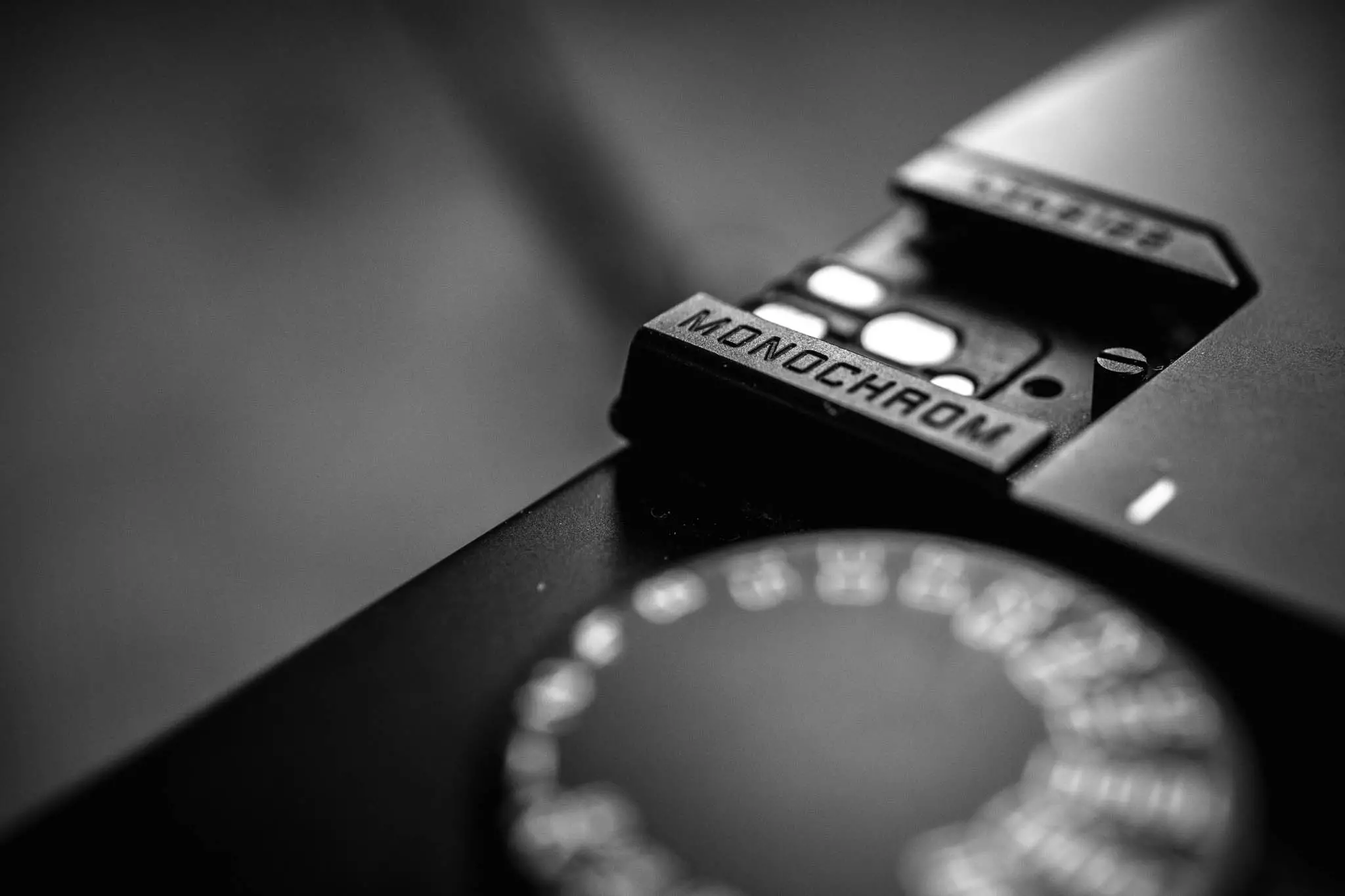

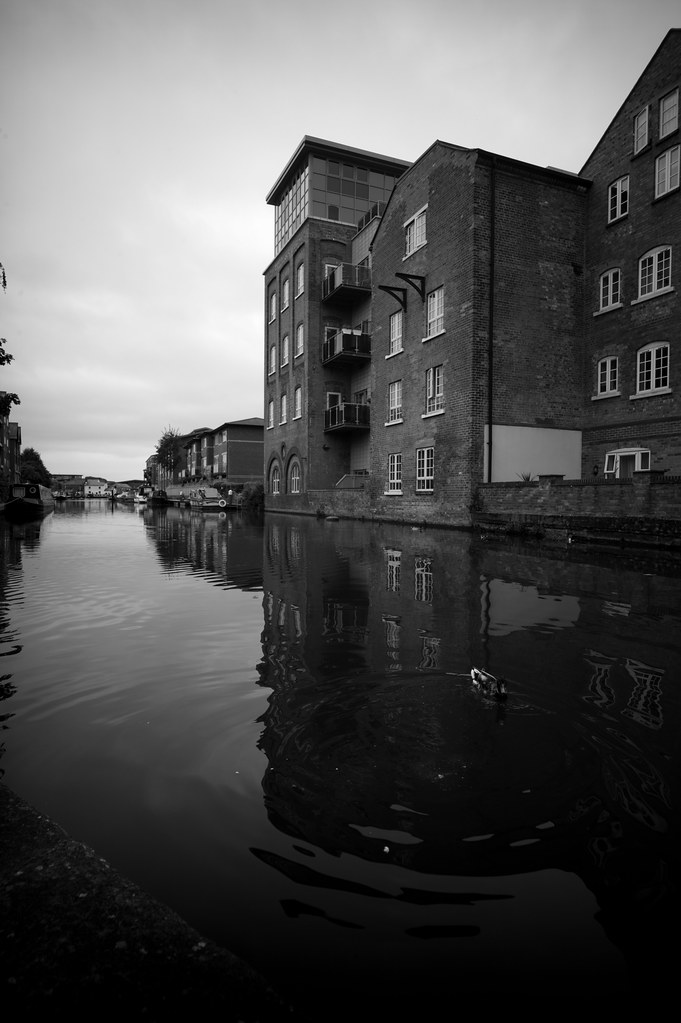
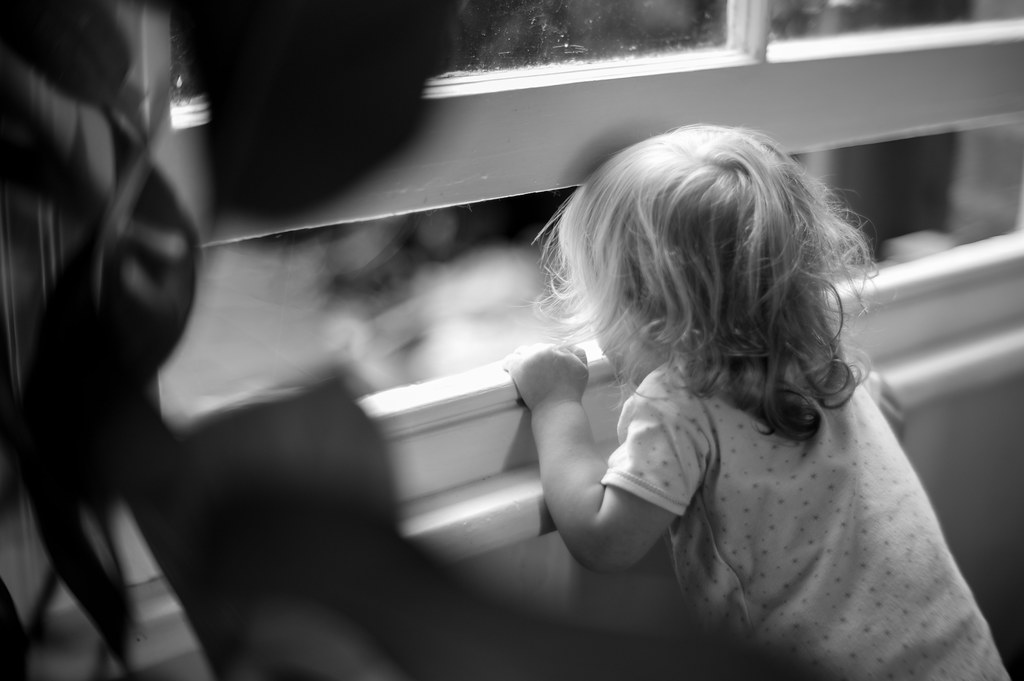
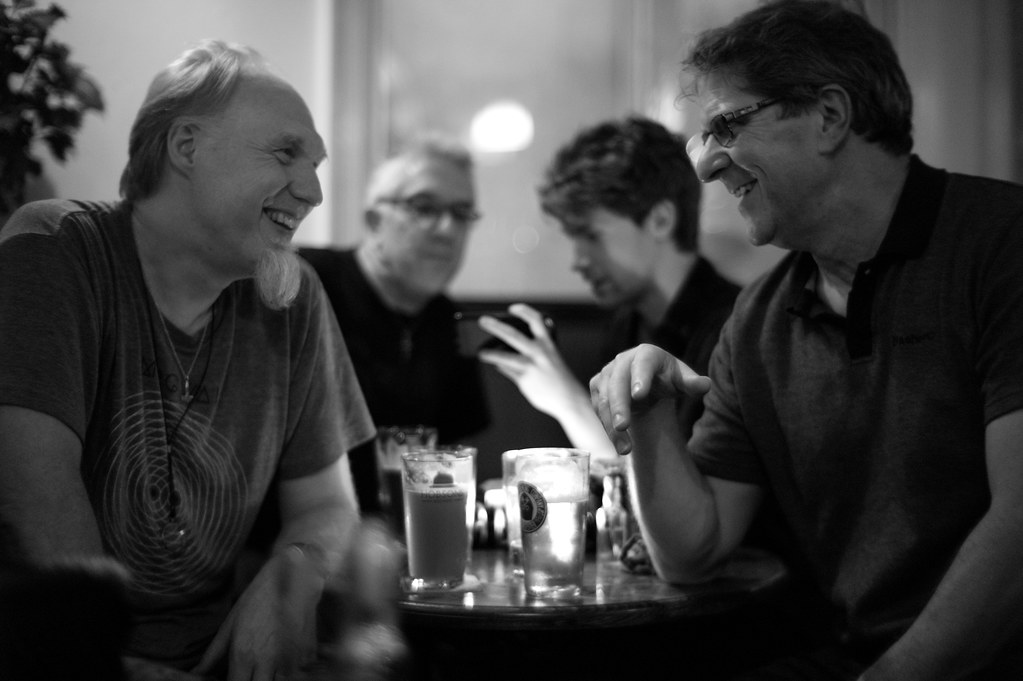


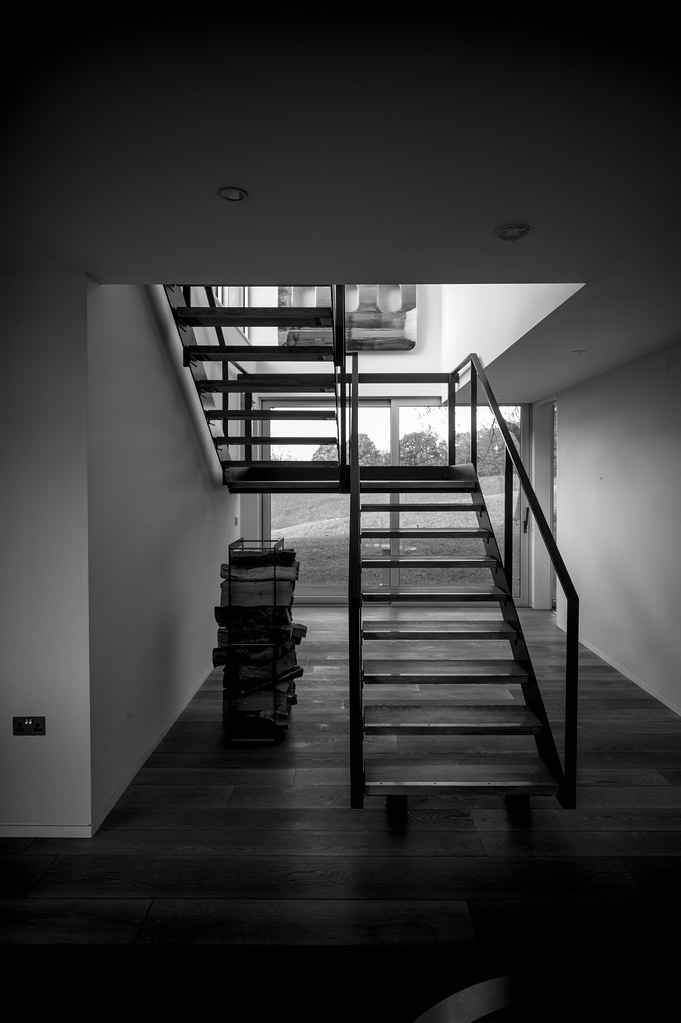
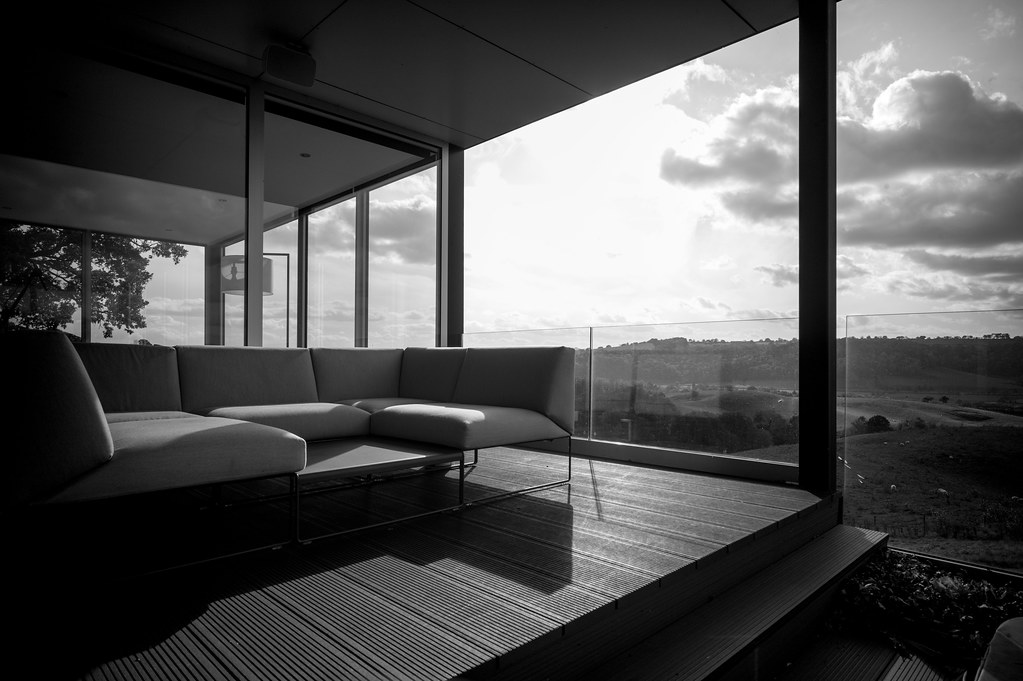
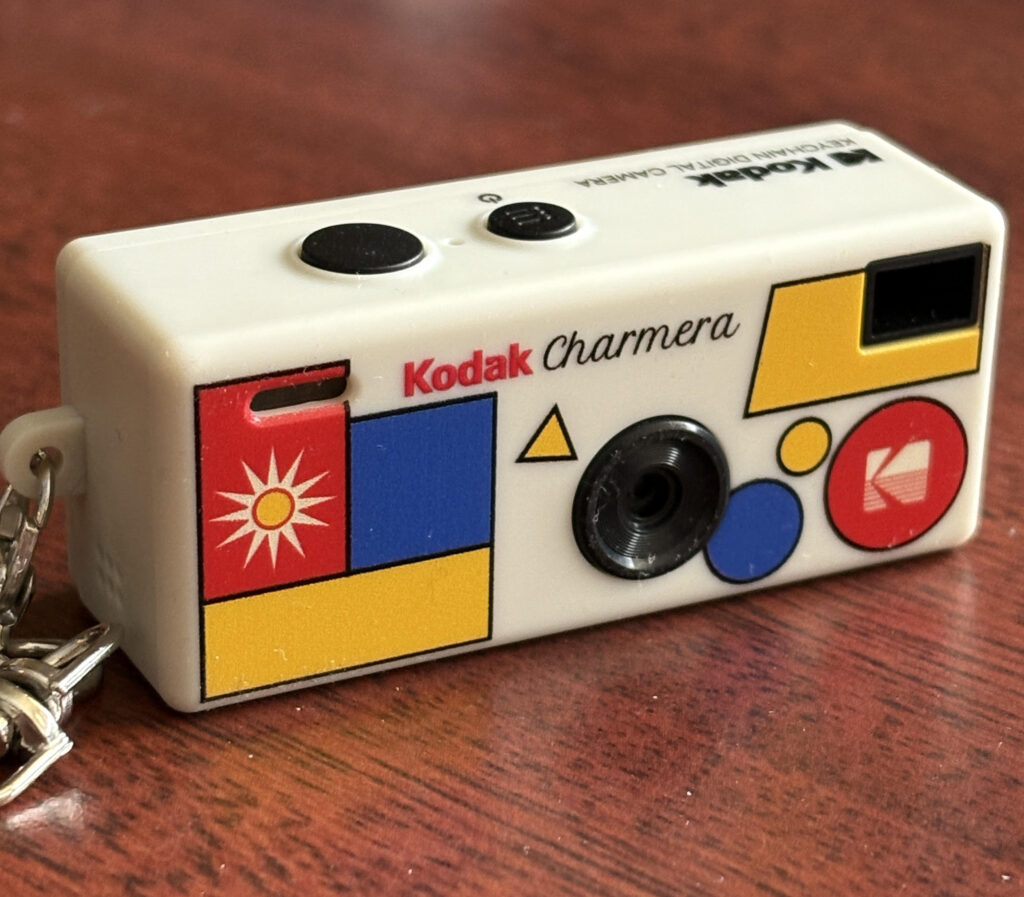
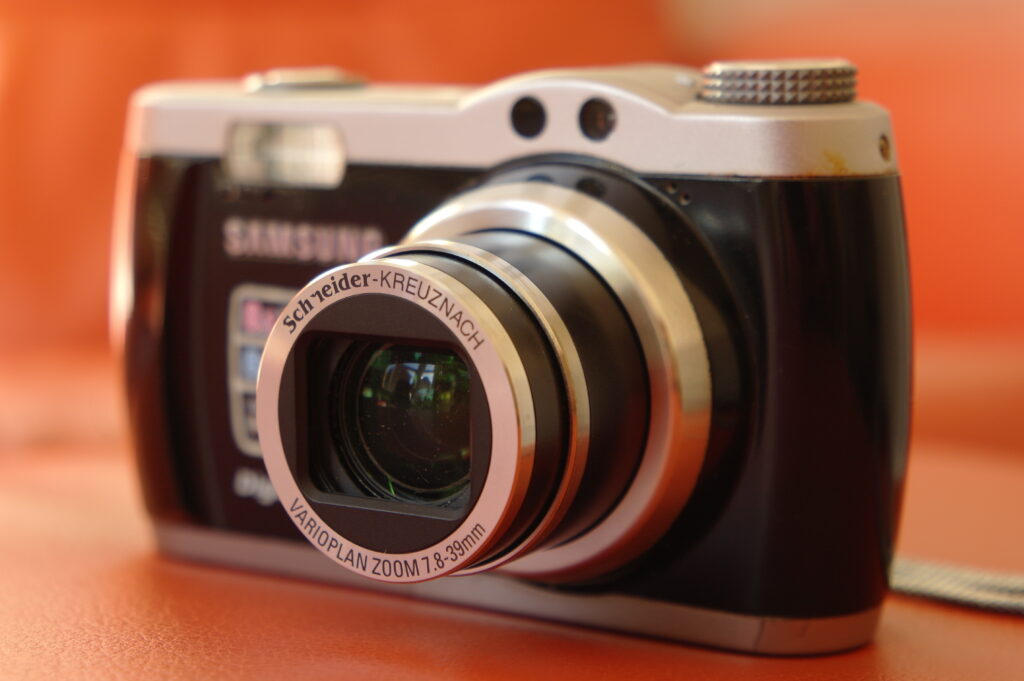
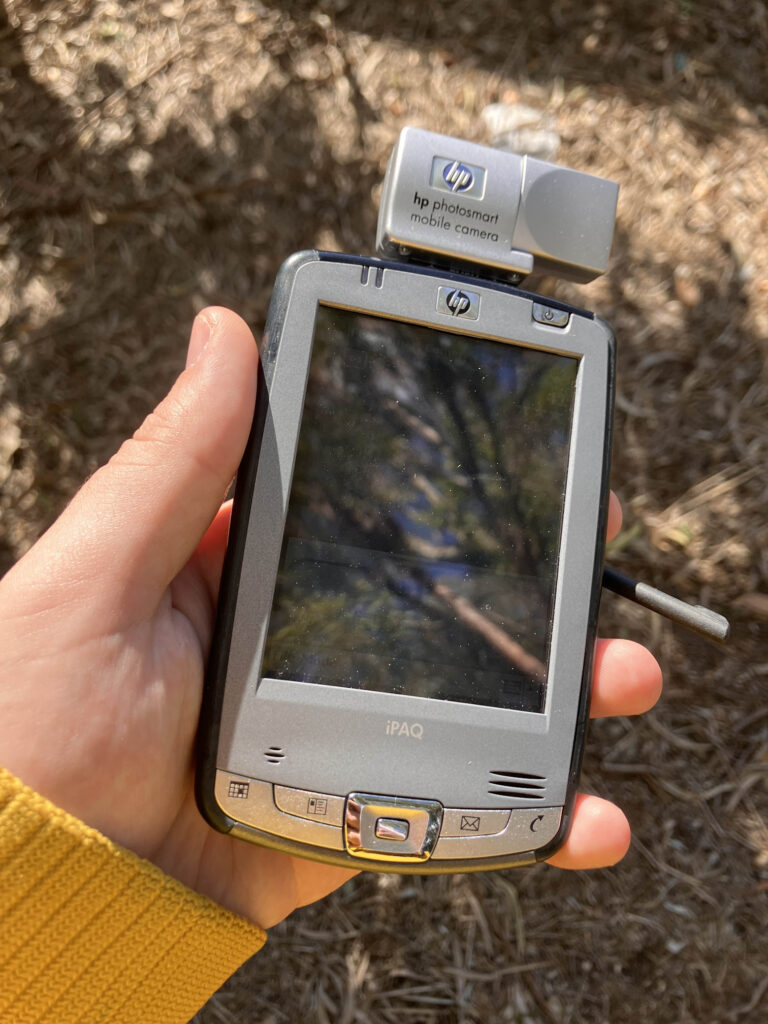
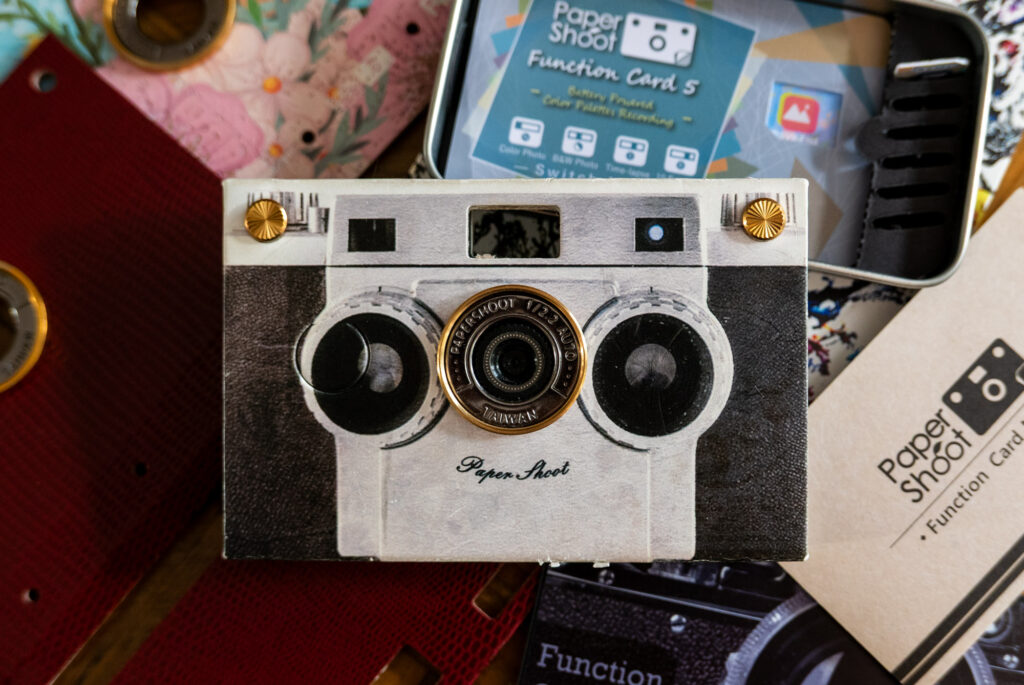




Comments
Jonathan Robson on Leica Monochrom (M9M) review – for the love of black and white
Comment posted: 04/02/2018
Comment posted: 04/02/2018
Rob MacKillop on Leica Monochrom (M9M) review – for the love of black and white
Comment posted: 04/02/2018
I tried one in the Leica store in Mayfair, and all I could do was keep repeating "precious...precious..."
Comment posted: 04/02/2018
Callum Ross on Leica Monochrom (M9M) review – for the love of black and white
Comment posted: 04/02/2018
Anyway, this review was great and I was genuinely shocked at how clean and lovely the ISO4000 image looks. Cheers!
Comment posted: 04/02/2018
Comment posted: 04/02/2018
Comment posted: 04/02/2018
Julian on Leica Monochrom (M9M) review – for the love of black and white
Comment posted: 04/02/2018
Comment posted: 04/02/2018
John Lockwood on Leica Monochrom (M9M) review – for the love of black and white
Comment posted: 04/02/2018
I'm not at all surprised by the resulting "flat" images. The one of your wife (?) which people complained was "washed out" is very filmic. By that I mean it could have been taken on film and is rendered as such. Other images you've created here with typically British light are low on contrast, because that was the ambient condition!
We've discussed the use of traditional color filters for B&W film work, and I'm wondering how the M9M responds with that traditional approach to contrast control? While their use with a Bayer array sensor is contraindicated, I'd be curious to see what effect it had on your files.
Comment posted: 04/02/2018
Nigel Roberson on Leica Monochrom (M9M) review – for the love of black and white
Comment posted: 04/02/2018
Neil on Leica Monochrom (M9M) review – for the love of black and white
Comment posted: 05/02/2018
I think photographers shouldn't expect to not have to do any work to the image, getting the shot to work with is only the first step.
Comment posted: 05/02/2018
Comment posted: 05/02/2018
Comment posted: 05/02/2018
Comment posted: 05/02/2018
Comment posted: 05/02/2018
Comment posted: 05/02/2018
Terry B on Leica Monochrom (M9M) review – for the love of black and white
Comment posted: 05/02/2018
Comment posted: 05/02/2018
Comment posted: 05/02/2018
Alex Hakimi on Leica Monochrom (M9M) review – for the love of black and white
Comment posted: 05/02/2018
Comment posted: 05/02/2018
Terry B on Leica Monochrom (M9M) review – for the love of black and white
Comment posted: 06/02/2018
With 4 decades plus of doing my own b/w d&p, I stopped in 2003, so when the MM arrived I was naturally very interested, but after seeing images posted on the net, and even downloading two to play with that Leica made available and marvelling at the resolution and sharpness, I had to face reality: was the price worth it for what is a one-trick pony? Also, I hadn't seen in these images the "sparkle" I got from my photographic prints. From later reading, this seems it may be because the highlights clip early. Ming Thein has shown, though, that it is possible to develop to retain overall sparkle and, indeed, manages to pull just a fraction more from the Monochrom than the Nikon D800E he used for comparison. The difference, whilst noticeable, is subtle. But if this sort of quality can be extracted from a colour camera, maybe that is sufficient? Whatever, you don't buy the Monochrom on a whim, you must want it.
Comment posted: 06/02/2018
Saptarshi Guha on Leica Monochrom (M9M) review – for the love of black and white
Comment posted: 08/02/2018
Comment posted: 08/02/2018
Geoff Fricker on Leica Monochrom (M9M) review – for the love of black and white
Comment posted: 08/02/2018
Thank You.
I really enjoyed this piece you wrote on the Leica Monochrome.
After over 40 years of making low contrast 8X10 Ilford negatives, everything you said about the greater possibilities of a flat image made total sense. My question is about determining exposure...I assume you adjust in manual mode and bias a bit to the under exposure if the scene is very contrasty. Then, since it does't seem there is a live view, you would check the image after the exposure. I don't know much about what the screen indicates. I suppose there is a histogram that would indicate clipping. Is that how you would work the exposure system?
My eyes are not the best, so I wonder if I could operate without having to rely too much on the viewing screen.
I would like to understand your exposure process, since I have only used M cameras that were for film and have never used a digital Leica.
Thanks again,
Geoff Fricker
Comment posted: 08/02/2018
Guy Wheater on Leica Monochrom (M9M) review – for the love of black and white
Comment posted: 14/02/2018
I went to see a small Leica exhibition here: https://leicastore-mayfair.co.uk/pages/metropolis-by-alan-schaller
Really beautiful compositions, but it wasn't the experience I was expecting (much like youtube falling well-short of a live performance). I found the photographs flat & clinical, and I'm wondering why? (Perhaps something as simple as the paper employed?) Felt like I was looking at screens instead of photos (providing no encouragement to move me in the digital direction). Your thoughts on print quality and recommendations appreciated.
Rgds - Guy
Comment posted: 14/02/2018
Karl Valentin on Leica Monochrom (M9M) review – for the love of black and white
Comment posted: 21/02/2018
but looking at the pictures I miss something I only can get with film.
Comparing the results of a Kodak Tri-X 400 with the output of the Monochrome
I feel like the first monkey hitting a stone with a stick while listen to a drum solo
still I love the handling of old analoge cameras.....
Comment posted: 21/02/2018
A Ricoh GR Digital Review - a Vintage Digital Camera on Leica Monochrom (M9M) review – for the love of black and white
Comment posted: 14/05/2018
Arnaldo Saldanha on Leica Monochrom (M9M) review – for the love of black and white
Comment posted: 07/10/2018
Thank you.
Comment posted: 07/10/2018
7Artisans 28mm f/1.4 late-prototype early impressions preview - 35mmc on Leica Monochrom (M9M) review – for the love of black and white
Comment posted: 26/11/2018
Christopher on Leica Monochrom (M9M) review – for the love of black and white
Comment posted: 08/03/2019
I so agree with you about 'intent' - I have belatedly learned that if I go out with just one prime lens, rather than a bag with two or three, I have a much more enjoyable experience and take better pictures.
Comment posted: 08/03/2019
Daniel D. Teoli Jr. on Leica Monochrom (M9M) review – for the love of black and white
Comment posted: 12/05/2019
(First) 5 Frames with the Leica Monochrom and 7Artisans 50mm f/1.1 - By Rob MacKillop - 35mmc on Leica Monochrom (M9M) review – for the love of black and white
Comment posted: 06/10/2019
Adam Nicholas on Leica Monochrom (M9M) review – for the love of black and white
Comment posted: 14/04/2020
Sorry if this is a bit long and somewhat off topic but I find much wisdom here at times.
Thanks in advance.
Comment posted: 14/04/2020
The Peat Bog, Impressions from Another World – by Christian Schroeder - 35mmc on Leica Monochrom (M9M) review – for the love of black and white
Comment posted: 28/04/2020